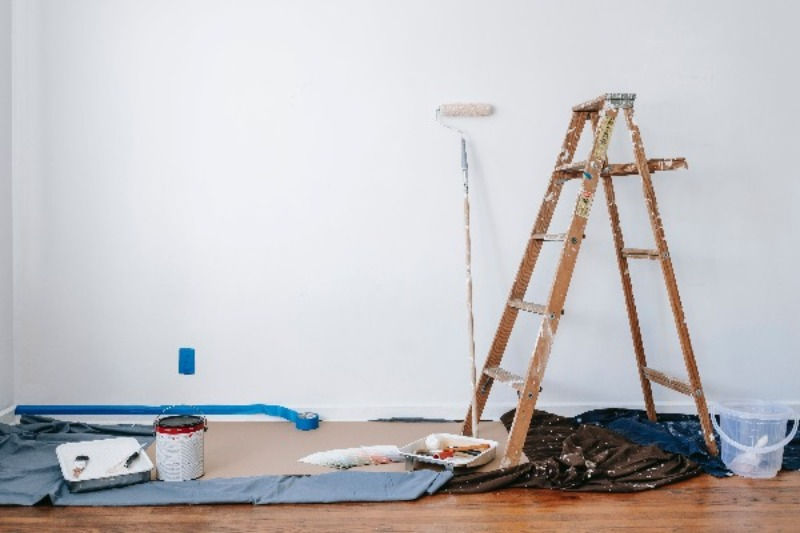The Ultimate Guide to Choosing the Right Plaster for Your Home
- Alen Marshal
- 1 day ago
- 3 min read
When starting a painting project, the type of plaster you use plays a big role in how your finish will look and how long it’ll last. Whether you're working on an interior wall or an exterior surface, choosing the right plaster sets the stage for a smooth, durable result. Different plasters vary in texture, absorbency, and how well they handle different conditions—so picking the right one matters. This guide will walk you through the options and help you choose the best plaster for the job.
It’s also worth understanding the differences between plaster types. Traditional options like gypsum or lime offer a classic look and are often used in heritage or period homes. Modern synthetic plasters, on the other hand, offer more flexibility and better moisture resistance, making them a great fit for newer builds and high-humidity areas. Knowing the pros and cons of each type helps you choose what works best for both the style and practical needs of your project.

Before painting fresh plaster, proper surface preparation is key. New plaster is very absorbent, and if you paint directly onto it, you may end up with uneven coverage and patchy spots. To avoid this, it’s recommended to use a sealer like Dulux Sealer for Plaster. This sealer creates a barrier that helps the paint adhere smoothly and evenly. Not only does sealing the plaster improve the final look, but it also boosts the durability of your paint job.

When painting new plaster, it’s important to take a careful approach. Start with a thin, watered-down coat of paint, known as a mist coat. This helps the paint bond properly with the plaster. Once the mist coat is dry, apply one or two more coats of your chosen paint, making sure each layer is completely dry before adding the next. Avoid going too thick with the coats, as this can cause cracking or peeling later on. Using the right tools, like good-quality brushes or rollers, can also make a big difference in achieving a smooth finish. If you're curious about the cost, feel free to use our online calculator for an estimate.
It’s also important to think about the type of paint you use. Water-based paints are generally recommended for new plaster because they allow the surface to breathe and dry naturally. When applying subsequent coats, make sure to cover the surface evenly, paying extra attention to corners and edges where paint can build up. Maintaining a consistent painting technique throughout the process helps avoid streaks and ensures a smooth, even coat. Patience and attention to detail at this stage will give you a more professional, long-lasting finish.

A common question among homeowners and DIY enthusiasts is how long to wait after plastering before painting. Generally, it's safe to start once the plaster is fully dry, which can take anywhere from a few days to a week depending on the type of plaster and the conditions. The plaster should feel dry to the touch and appear lighter in colour before painting. Rushing the process can lead to issues like mould or peeling paint, so it’s best to wait until it’s completely dry.
For the best results when painting new plastered walls, follow these simple steps: choose the right plaster for your project, prepare the surface with a good-quality sealer, and give it enough time to dry. Start with a mist coat, then apply even layers of paint. A properly done paint job not only boosts the look of your space but also helps your walls last longer and stand up to wear.
Choosing the right plaster and applying the proper techniques ensures a beautiful, durable finish. With a little care and attention, your walls will look great and last for years to come.
At Painter Adam, we offer high-quality residential and commercial painting services across Australia. Whether you're updating a single room or painting your whole home, our team ensures proper surface prep, including wall sanding and priming, for a result that’s built to last.



